The last time I reviewed The Young Scientists was 5 years ago when big J started primary 1. At that time, I have not heard of The Young Scientists magazine before but fast forward now, I believe most primary school kids would have read these series making Young Scientists one of the most popular school magazines in Singapore.
My sudden renewed interest on The Young Scientists stemmed from the recent surge of interest by my p1 and p3 read past copies and hence I think it will be a good time to get new ones (2019 collector’s set and all each of the level as my eldest would have outgrow level 1). My last review was more to differentiate the Junior Young Scientists with the Young Scientists level 1. So I believe it is high time that I covered a salient difference between level 1 to 4 and which level is suitable for which primary level (especially having gone through 3 years of science with big J who is now p5)
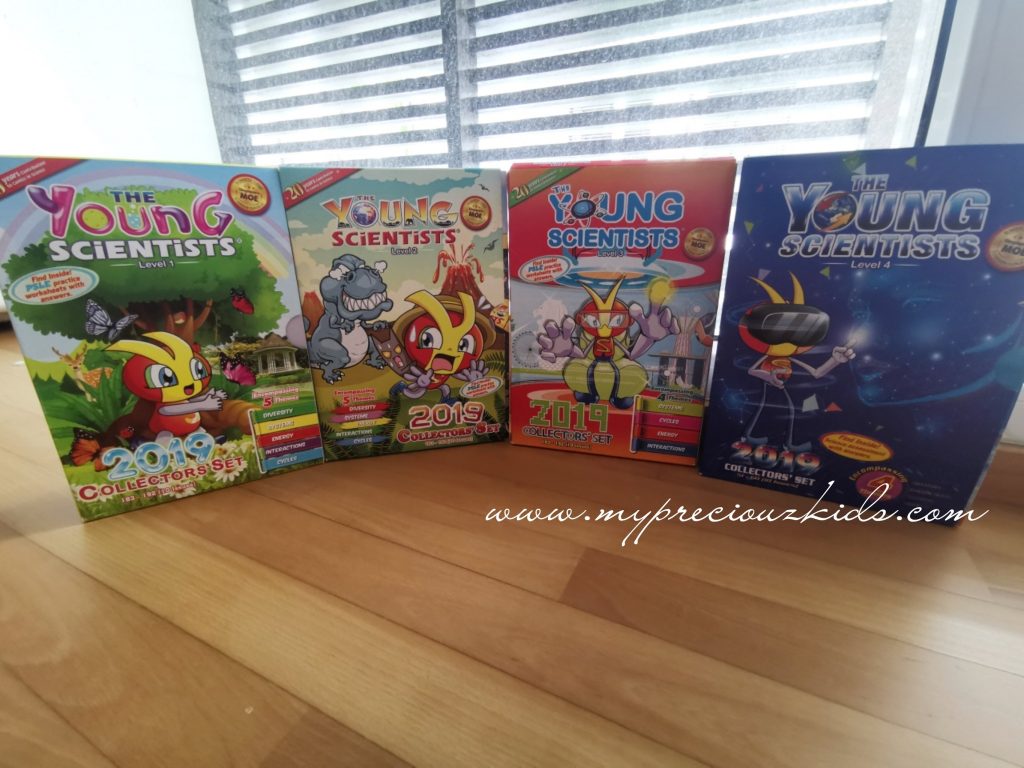
The single most important feature of these series is that it follow’s MOE Science syllabus, hence they will try to keep within primary science school syllabus. As recommended by the publisher, Level 1 = Introduction to Science for Pri1 to Pri2 | Level 2 = Lower Block Science for Pri3 to Pri4 | Level 3 = Upper Block Science for Pri5 to Pri6 | Level 4 = Lower Sec Science (EA/NA) for students graduating Pri6 to Sec2.
Based on my observation, the content of Level 1 and 2 is perfect for P1 to P4. My P1 is able to enjoy the comic strips in Level 1 and 2. Though his understanding of science concept may not be strong given that he has not been introduced to science in schools, he thoroughly enjoyed all the stories. Clearly the introduction of science concepts through comic strips is indeed a winner , no wonder The Young Scientists series is so popular among the school kids.
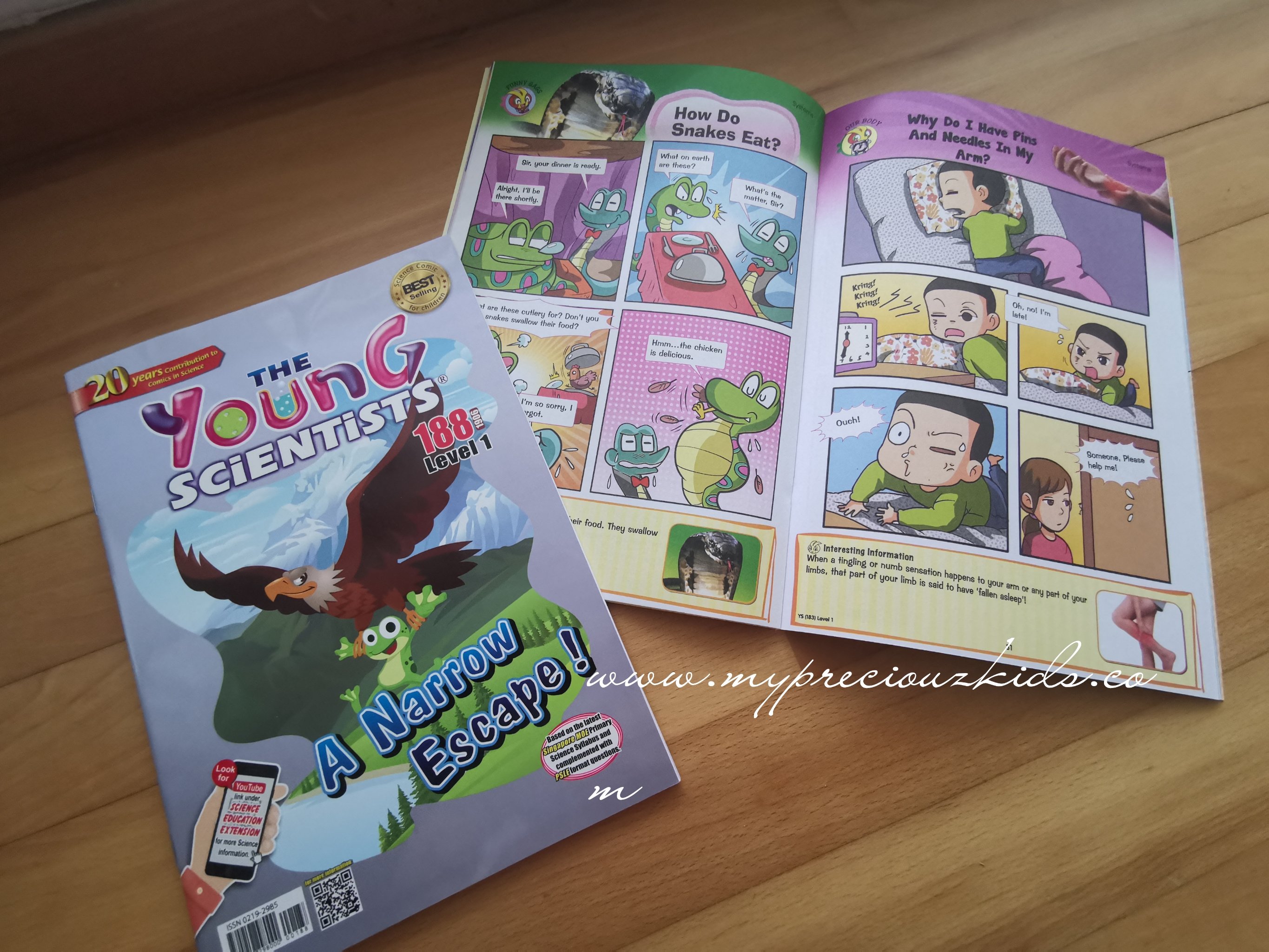
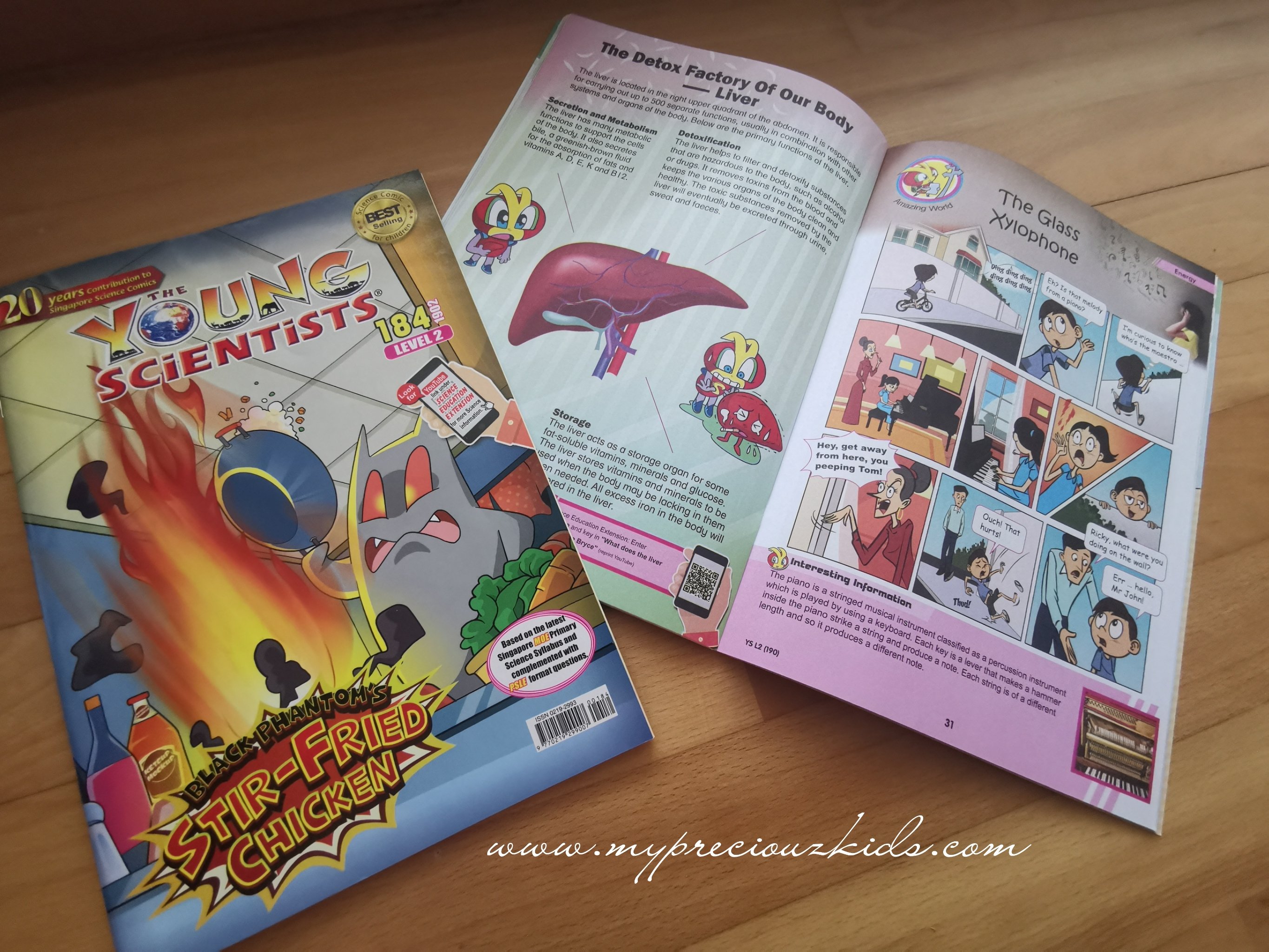
As for big C (P3) who has just started science lessons in school, besides enjoying the stories, she is able to relate better to the concept introduced through the comic strips. I always complain that the science textbooks in school are so thin and skimpy as they rely on the teachers to present and elaborate the concept in the classroom. I love that through The Young Scientists magazines, big C get more insight and science bites into the topics she has encountered (it may not be tested in the exam, but it aids in her overall appreciation of the science subject!). For example, mushroom and fungi topic which was covered recently was further elaborated through these comic strips.
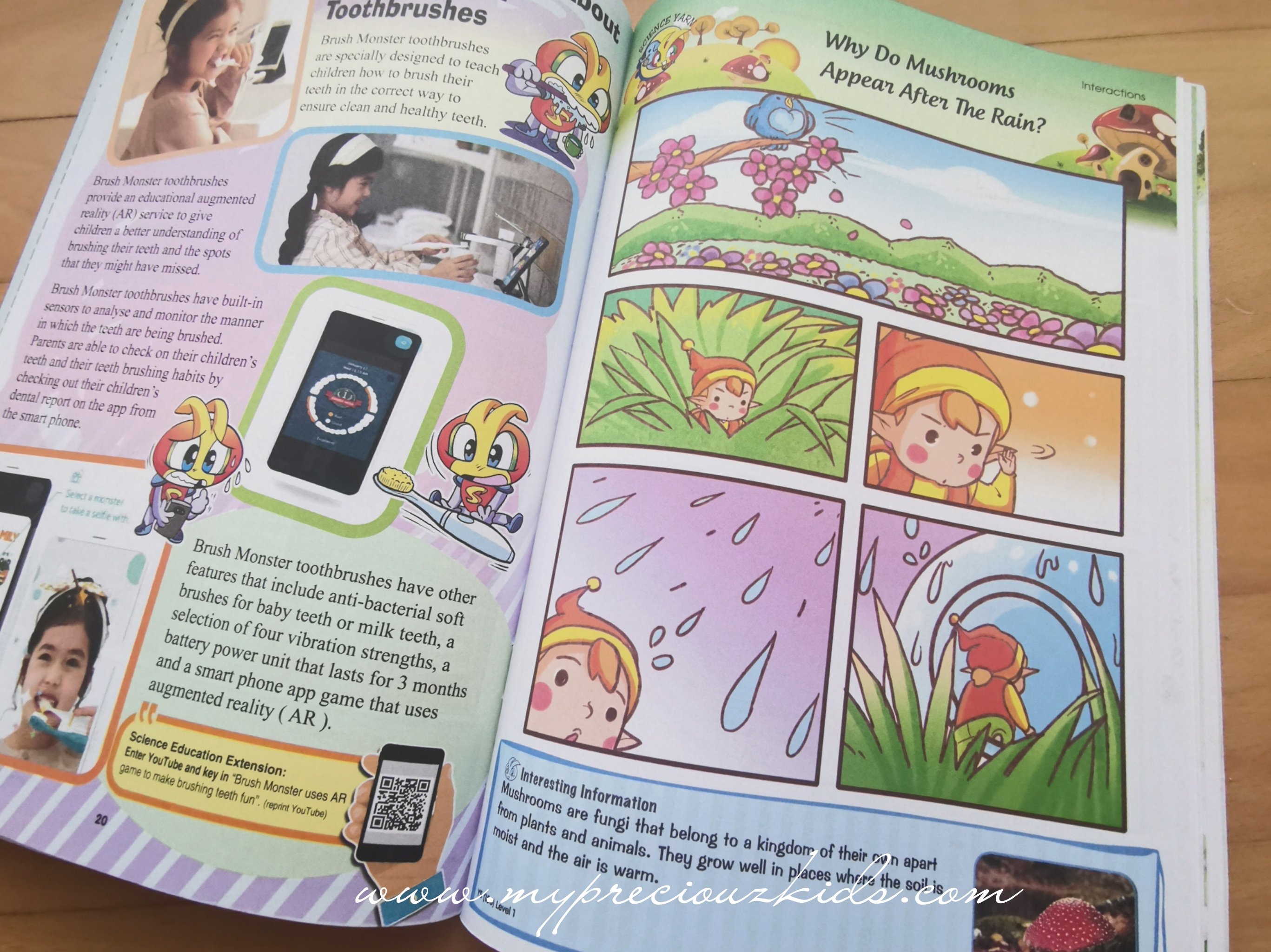
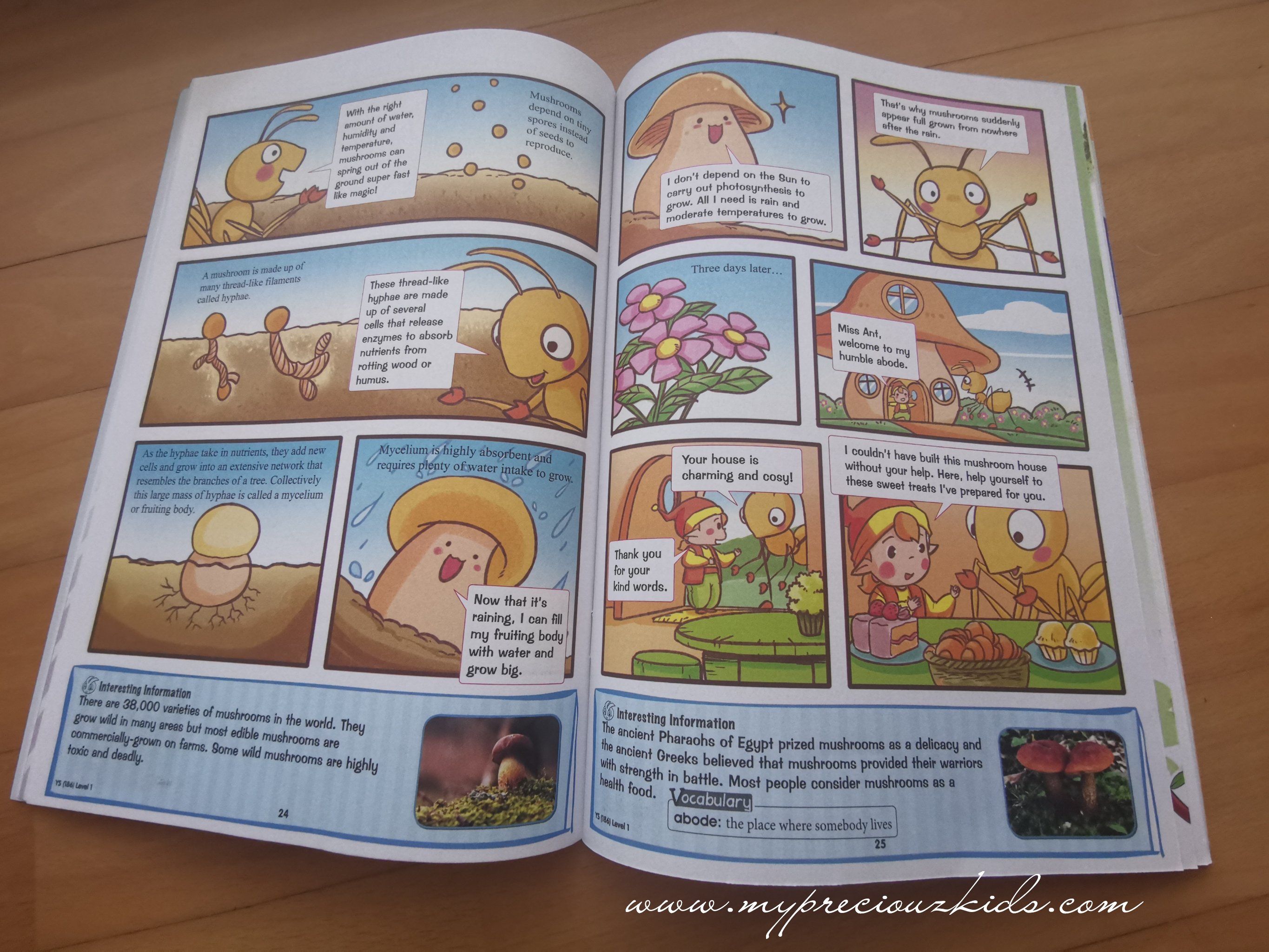
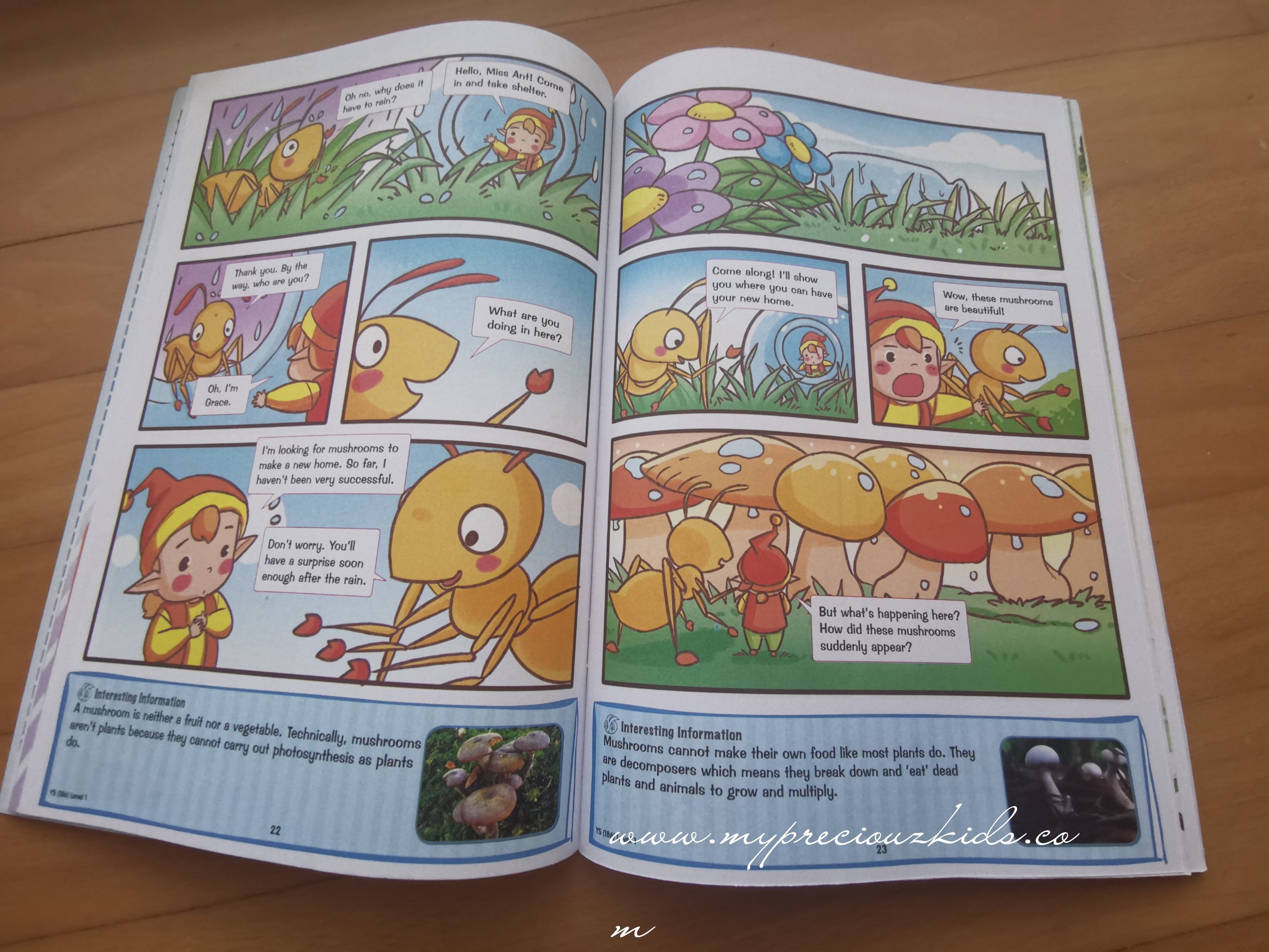
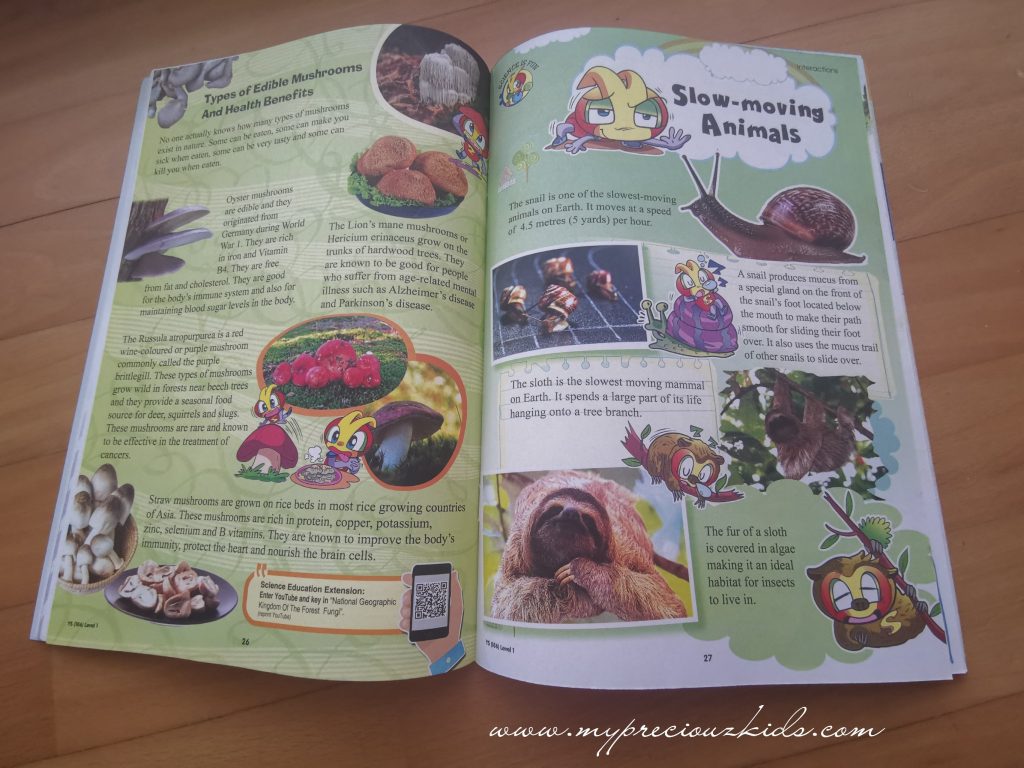
Each collectors’ set also included 10 science assessments for her to do covering MOE science syllable themes such as diversity, cycles, systems, interactions and energy – maybe tough for p1 and p2 but definitely not for p3 as it is taught in school. Level 1 science assessments are for P3 while level 2 science assessments are more for topics in P4.
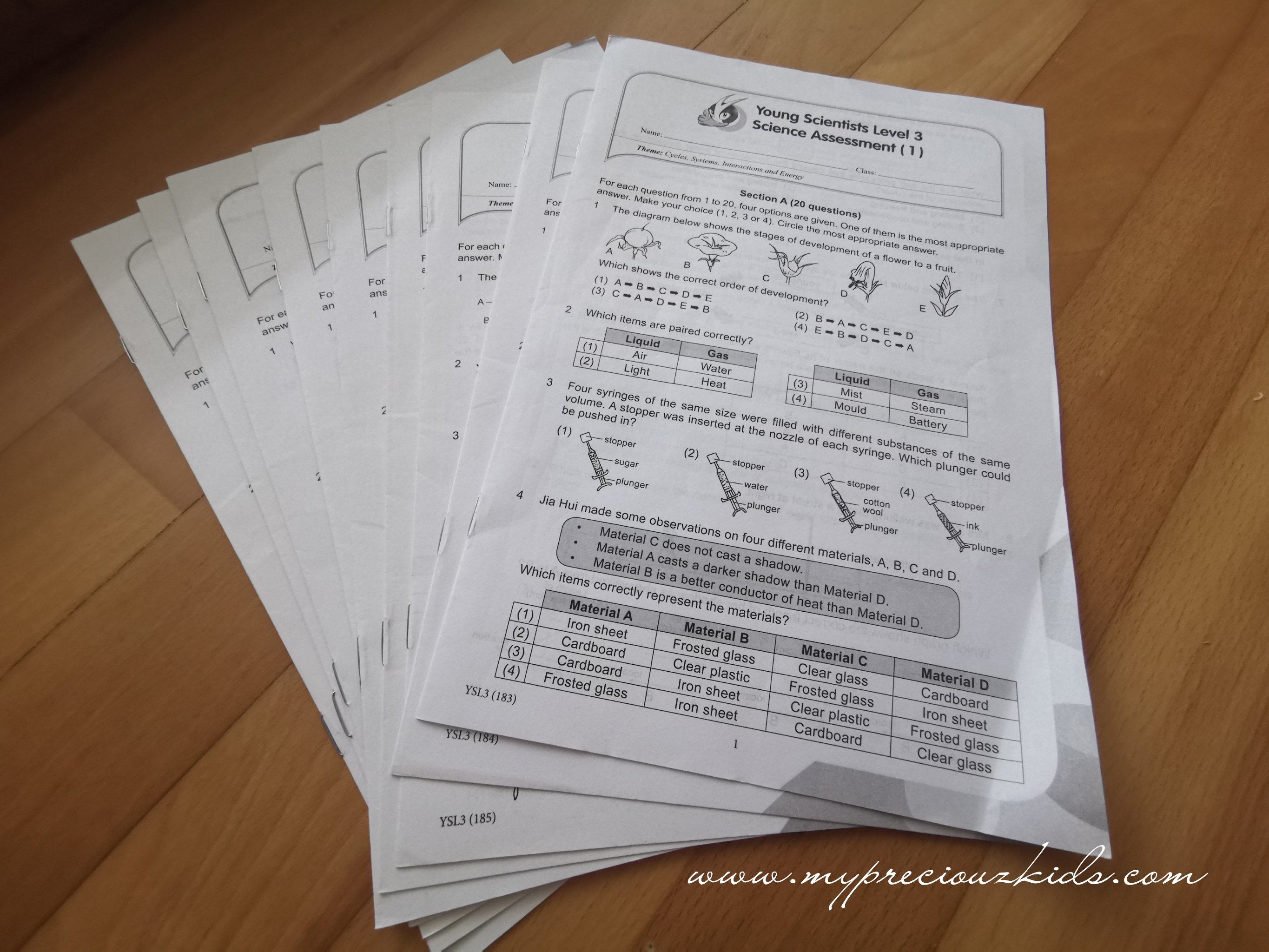
As for Level 3 and 4, the language used is simple enough for my P1 and P3 however the concept is at a higher level of understanding hence, they may not be able to understand the concept fully. Hence level 3 and 4 definitely were more suited for upper primary kids like my P5. As for the science assessments level 3 is for P5 and level 4 is for P6.
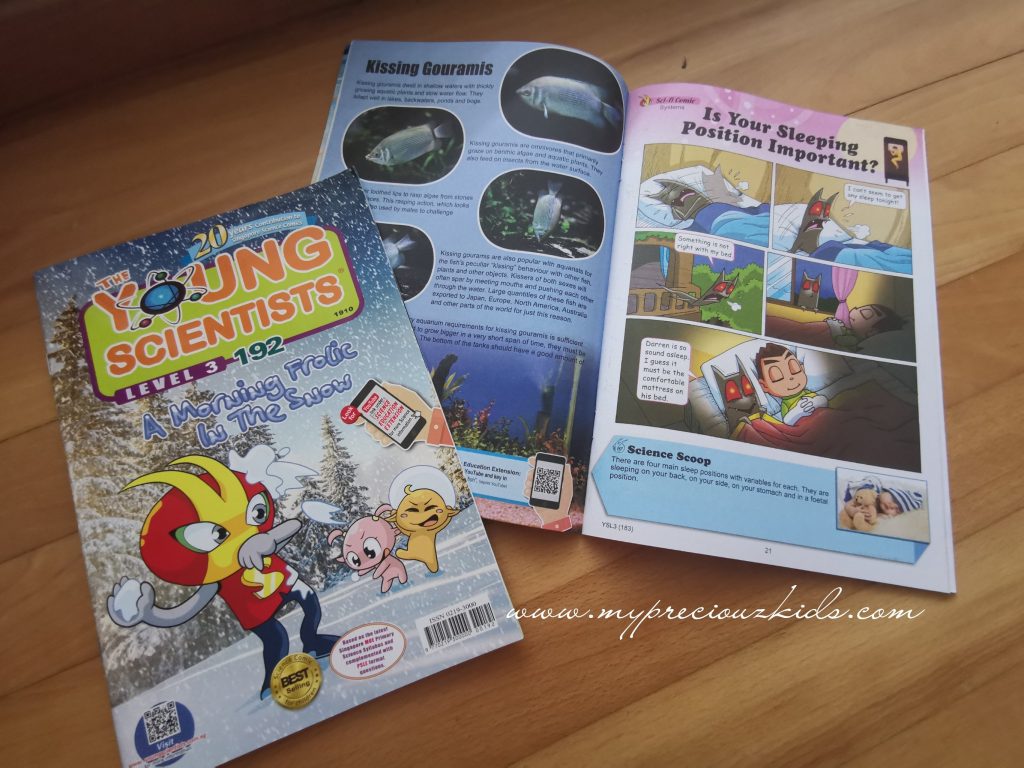
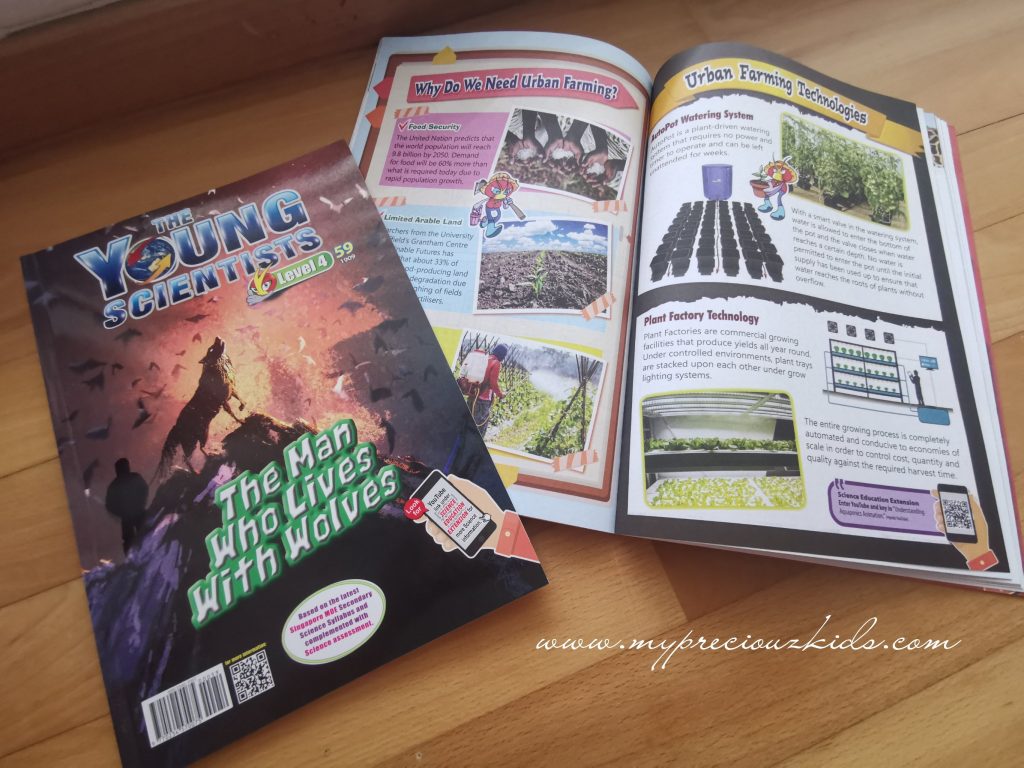
So there you have it a guidelines of which level is suitable for which primary level to guide you in purchase your own set of The Young Scientists for your kids!
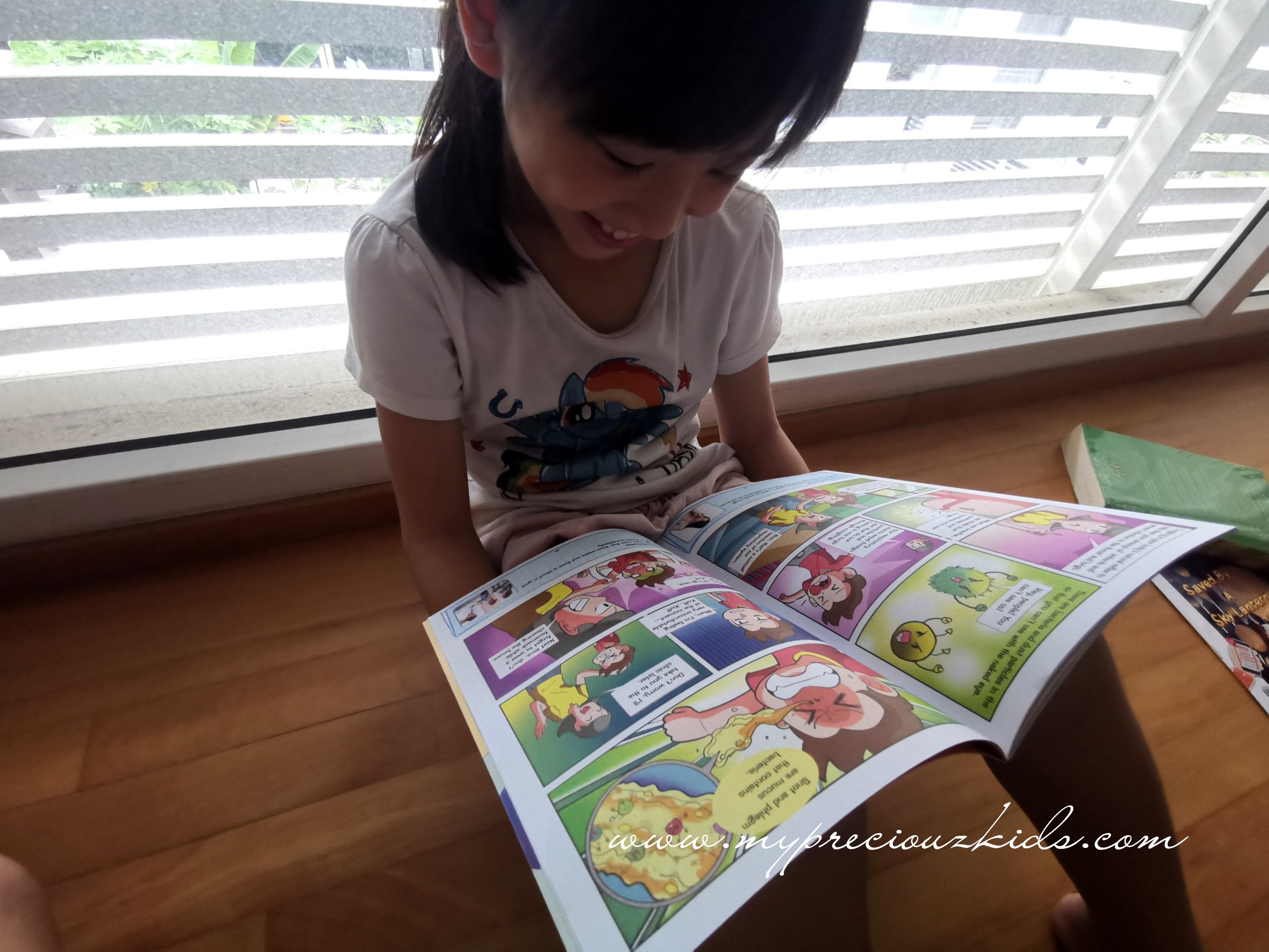
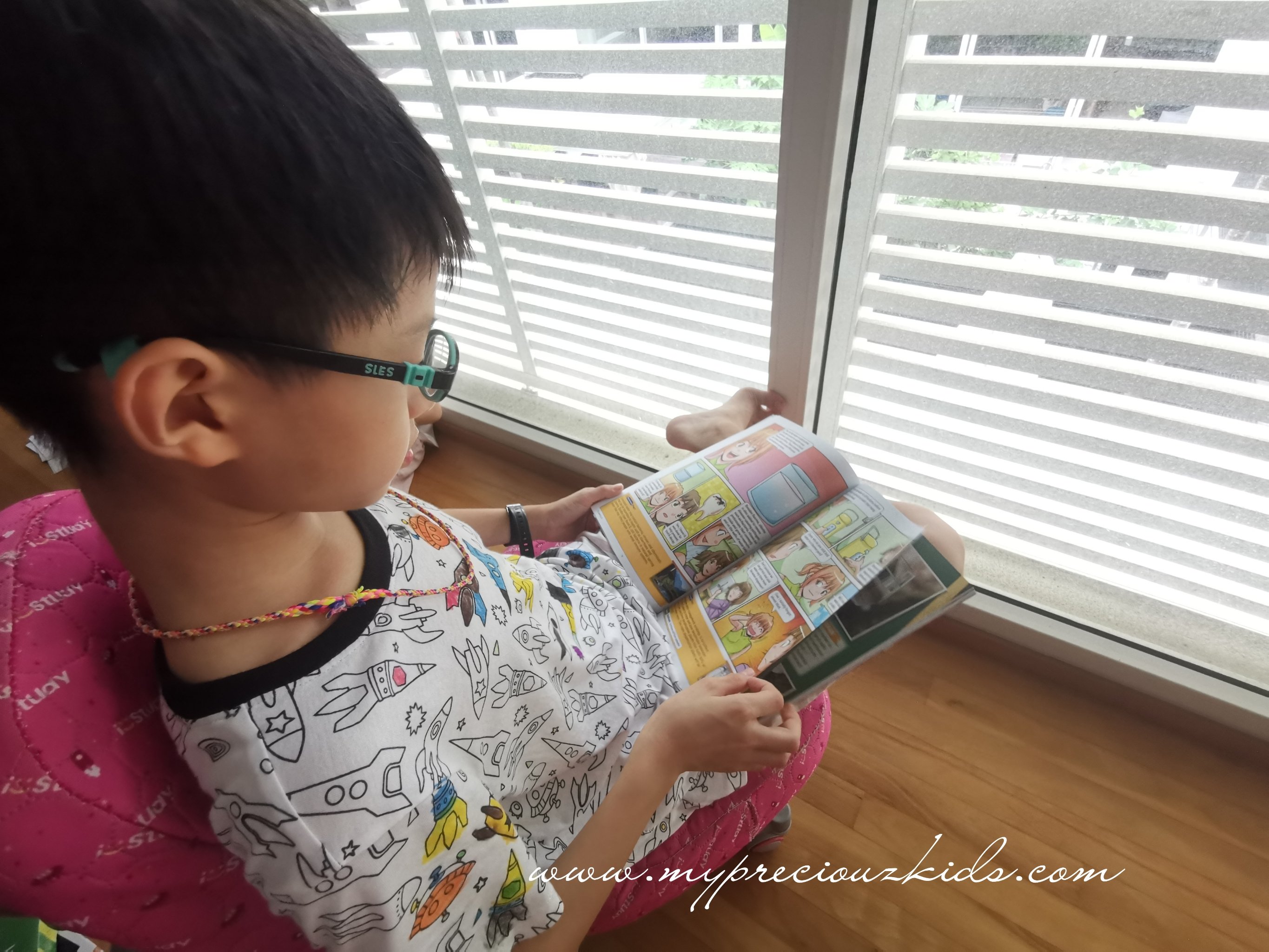
You buy the past years collectors’ set here (which i actually preferred)or subscribe to the 2020 subscription here (which means you get monthly copies send to your home address).
Disclosure: I received the sets of The Young Scientists for the purposes of my review. No monetary compensation was received. All opinions are my own.
Share the article